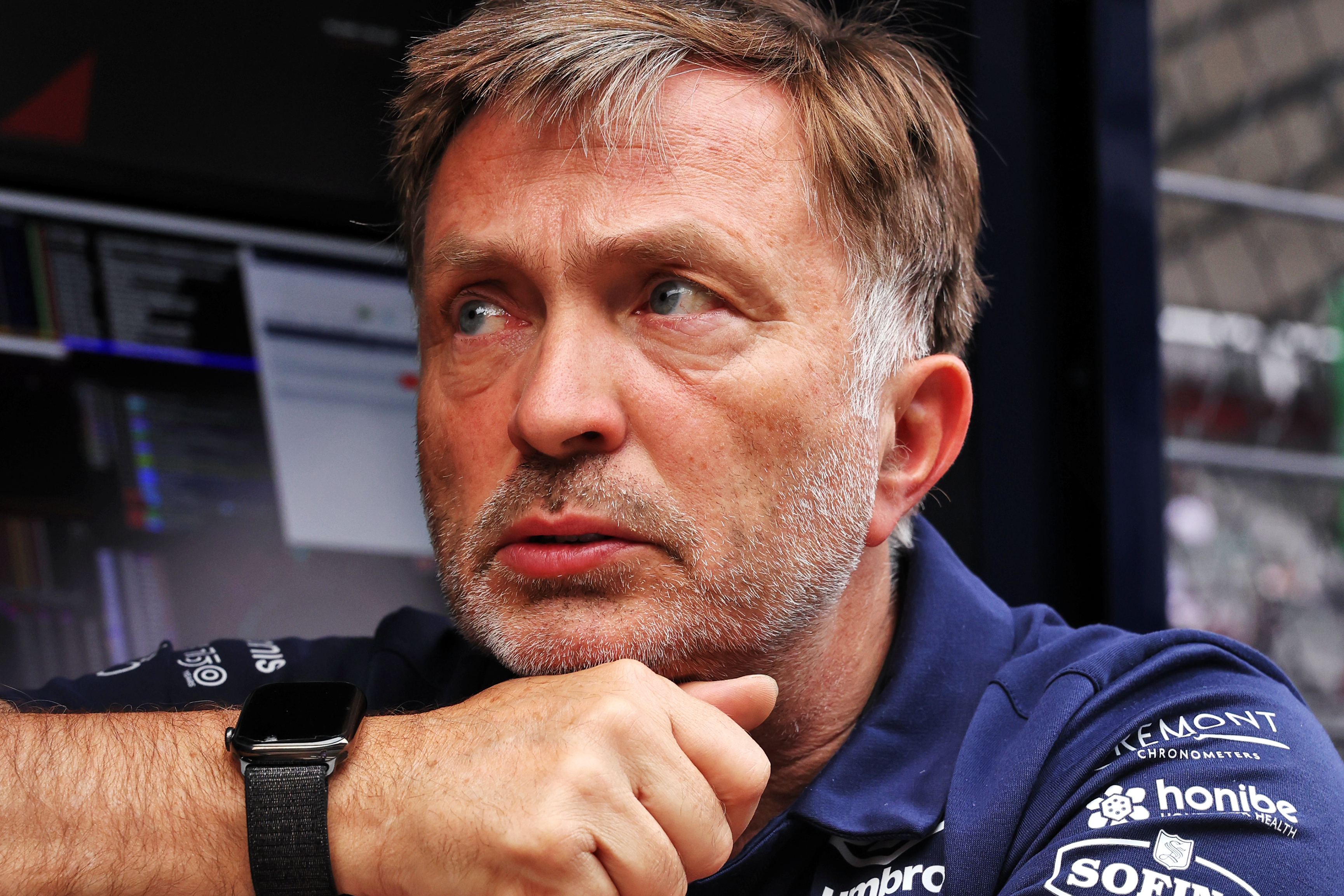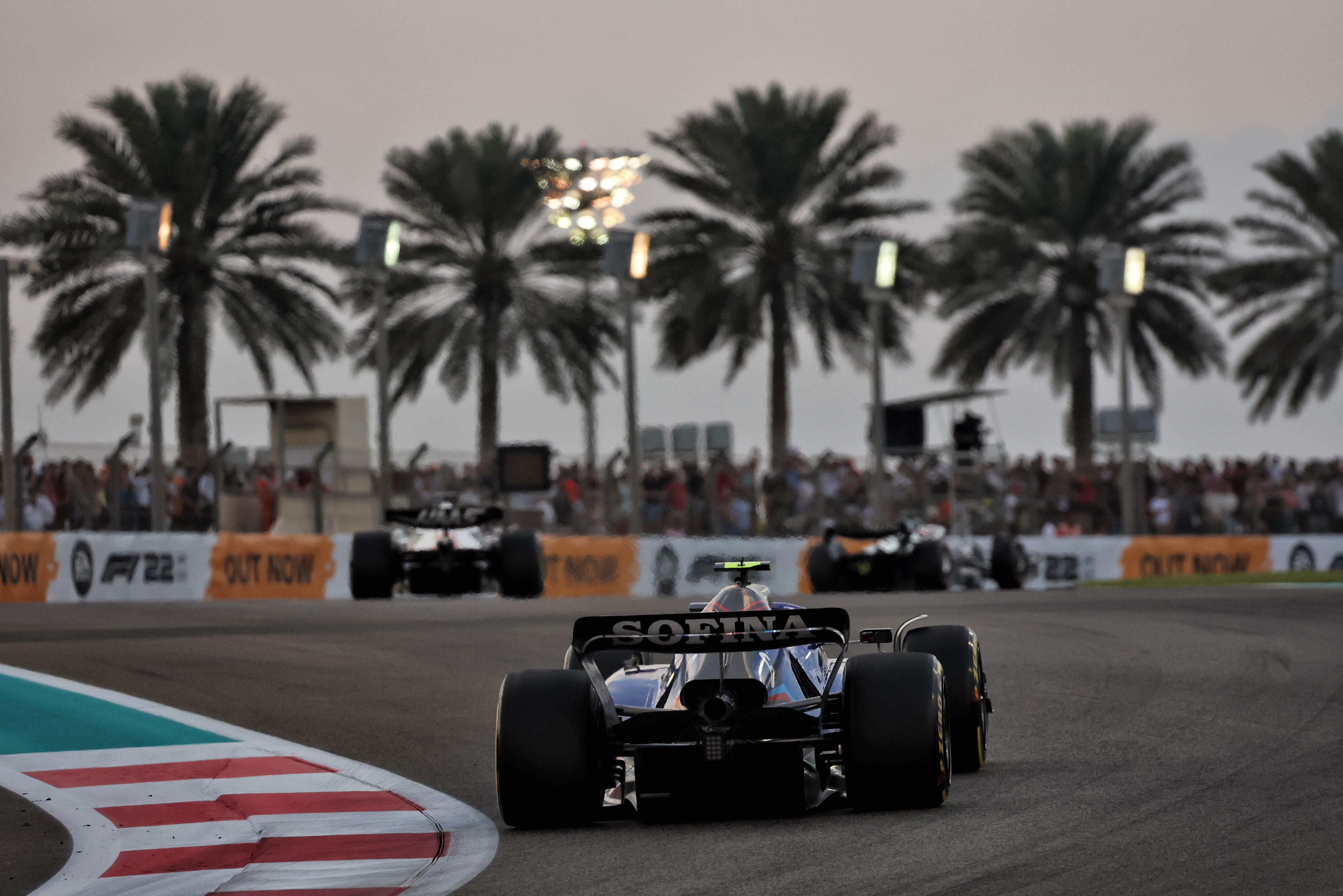Up Next

When Jost Capito arrived as Williams CEO in February 2021, it was seen as a key step in what was a long-term strategy for the Formula 1 team under Dorilton Capital. The fact that he and, significantly, technical director Francois-Xavier Demaison are leaving after just two seasons can only mean a significant change of direction.
Exactly how dramatic remains to be seen. Certainly, the results on the track weren’t as hoped for, with Williams managing just eight points and a distant last in the constructors’ championship in 2022. Given Demaison’s ground effect and simulation expertise, sharpened during his VW career where he worked under Capito, had been talked up it’s clear that there was disappointment in how the car performed.
Expectations were always realistic, with the focus on the long-term with talk of 10-year plans and the 2026 rule changes seen as the chance to make a more convincing step forward. Williams was always going to be towards the bottom of the championship so nobody was anticipating miracles this year, but it’s difficult to escape the conclusion that Demaison’s appointment as technical director didn’t pay off as hoped.
But the immediate performance on track was only part of the equation. Williams has big plans, with steady investment from Dorilton Capital and significant investment in the facilities – as well as the intention to create a new factory on its existing site down the line. This was the big picture that Capito was always focused on, so it’s hard to see him having taken the job initially with the intention of being out after two years – as has been suggested by Williams’s claim he “postponed his planned retirement” to assume the role.

Certainly, Capito didn’t give the impression he was moving on when talking about the Williams project in Abu Dhabi, in particular. In fact, he pointed out that you don’t see the impact of changes in two years with reference to Demaison’s effect and the cultural shift Capito himself was attempting to make.
“It’s good to have somebody who is neutral and gets all the existing things that were right, and what others bring in, and bring that together to one concept,” said Capito. “That’s a strength.
“But again, you don’t see that in a year or two. It’s a culture change as well.”
There is the question of whether this is all part of something bigger, perhaps a buy-in from a manufacturer such as Porsche. Therefore, it could be that Capito and Demaison are making way for new leadership with their job seen as over after seeing the team through the early years of Dorilton’s stewardship. But there’s reason to believe this is not the case.
Capito’s appointment appeared to be a shrewd one when it was made. He has enjoyed great success in motorsport, has a clear idea of what he wants to see in a team and attempted both to listen to feedback from the existing staff and impose his way of doing things as part of a wider cultural shift for the team. But it’s no secret that there was resistance to this within the team.

Whether you believed this was someone coming in and trying to create the wrong culture, or an intransigent and still old-world team refusing to evolve, depends on who at Williams you listened to. And you’d hear both versions of the story in the paddock. But this outcome suggests Capito’s plan wasn’t working out as he expected.
It may prove that the appointment of Demaison, who had a little F1 experience earlier in his career with Peugeot and Renault but not the traditional CV of a technical director of a grand prix team, was the major misstep. There were hints of the old Williams problem of a gap between the technical team at base and the trackside team, the latter of which by and large did a decent job with limited machinery, and things never gelled in the way they were expected to. Perhaps the learning curve was simply too steep for someone taking technical leadership?
If Demaison was regarded by the ownership as working in the technical director role, it makes no sense for him to leave at this point. So we can only conclude that Dorilton Capital did not believe this is the right direction for the team.
Exactly what is remains to be seen. There’s genuine ambition at Williams and a reasonable foundation, with tangible progress made under Capito’s leadership. But its aerodynamic struggles go back a very long way and until the technical side of the team – and there’s plenty of capable people working there – gets on top of its wider weaknesses no amount of planning for the future will get it anywhere.
What will follow will be at least a course-correction, if not a complete change of direction.





